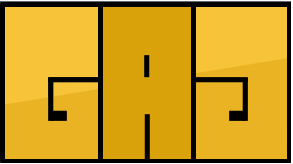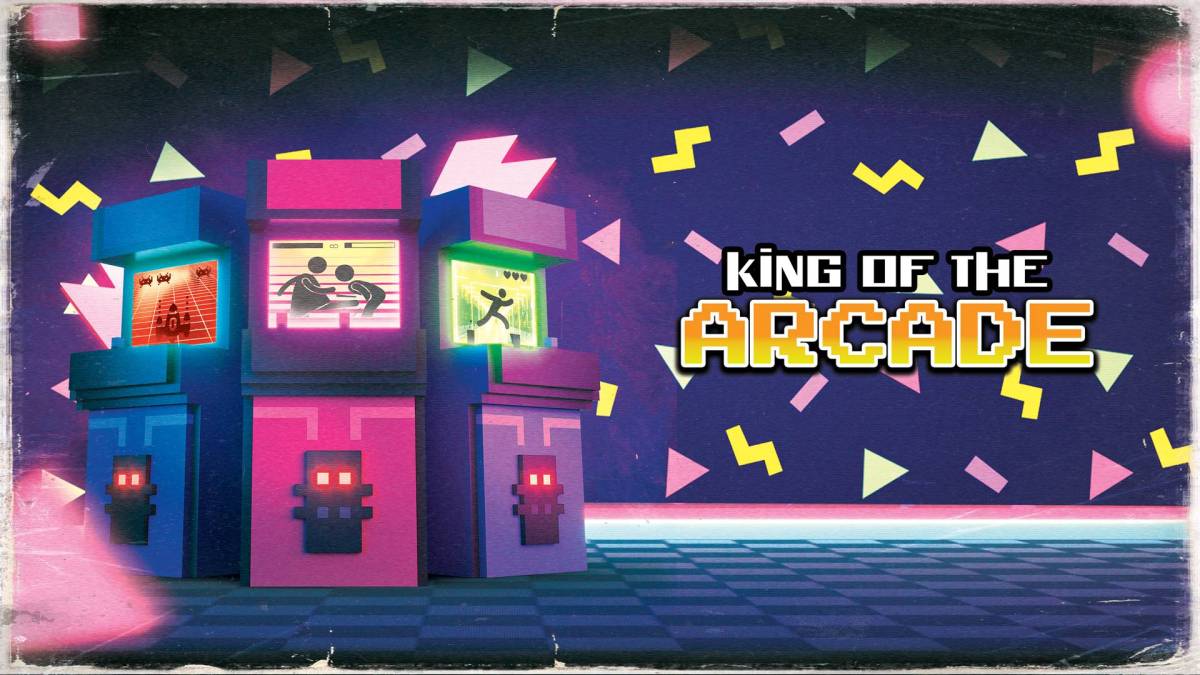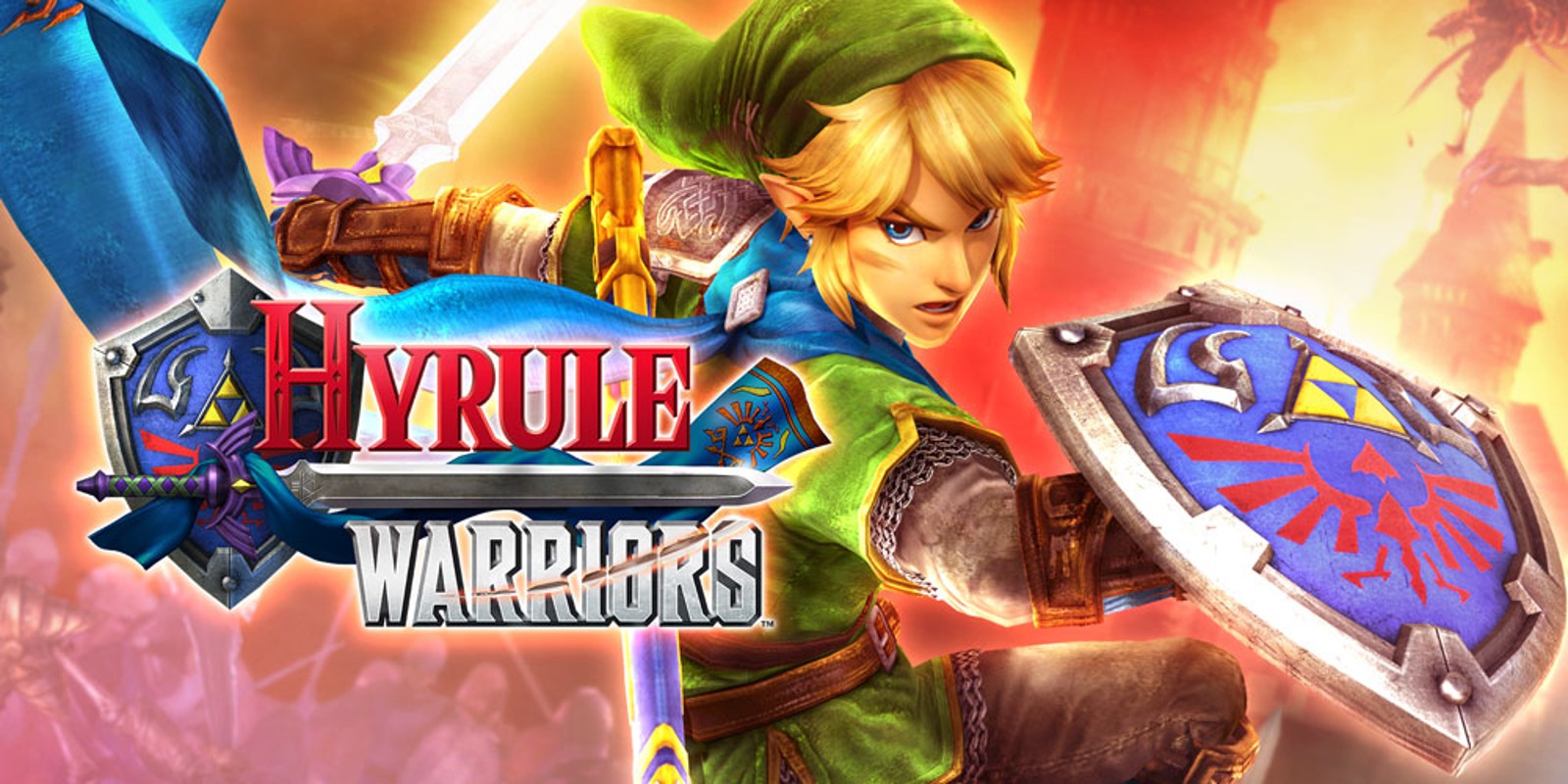
Platform: Wii U (reviewed)
I kept telling myself that I could overlook Hyrule Warriors’ roots in the Musou games. Being able to fulfill the power-fantasy of playing as Link and mowing through hundreds, sometimes thousands, of enemies in a single battle would be enough to overlook the repetitive nature of these games. The fan-service thrown in should be enough to keep from it getting too stale. I enjoyed another Musou game released earlier this year, Dynasty Warriors Gundam: Reborn ,without being as big a fan of Gundam as I am Zelda. Surely this wouldn’t be much of a stretch for me to like it.
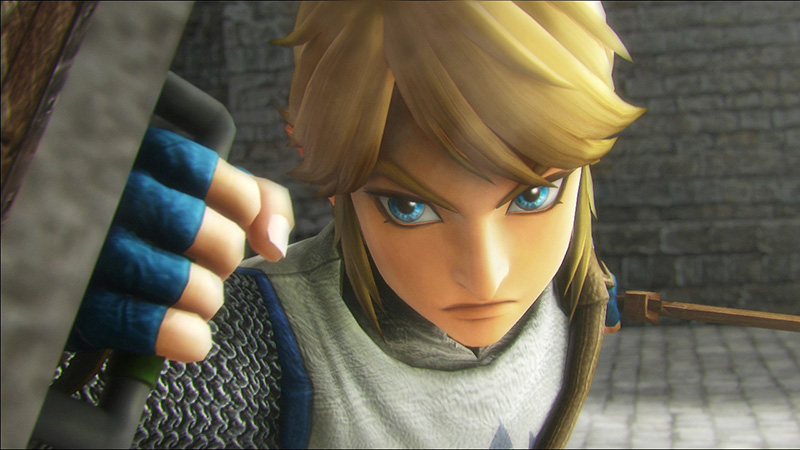
Hyrule Warriors isn’t the first time an outside developer has taken the reins on Nintendo’s Legend of Zelda franchise. Previous entries were handled by Capcom and they largely turned out well enough. While not quite up to snuff with some of the better Nintendo-made entries, Oracle of Ages, Oracle of Seasons, and Minish Cap serve the Legend of Zelda moniker far from a disservice.
It is the first time that one has developed one for the home console that had the backing of Nintendo behind it. Previous entries were, shall we say, forced. Nintendo had nothing to do with the creation of those titles and they’ve largely been forgotten.
Enough with the quasi-history lesson, let’s talk about Hyrule Warriors.
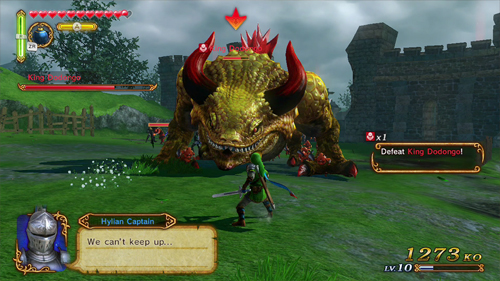
The game starts out with only Legend Mode unlocked, which equates out to the story mode for the game. As you complete missions in the story, you’ll unlock additional characters to use in additional modes. The all play slightly differently with different weapons, combos, and speed variances, but by and large, you won’t find much difference in them. They’re all wrecking machines designed to be the deciding factors on the battlefield, no matter how many enemies you go up against.
Legend Mode is a fair length, something you can probably finish over the course of a long weekend. All total, you’re looking at eighteen missions. The story mode is a bit short for a Zelda game, never mind a Musou game. Musou games will normally have about half that many missions for each character, but there are multiple factions with multiple characters to use in each, making Hyrule Warriors a bit anemic in that area.
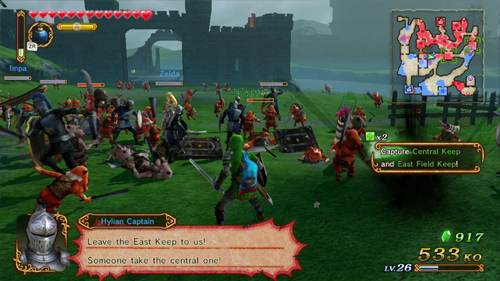
Even it being rather short doesn’t help keep it interesting. Zelda stories have never really been the type to set the world on fire, but Hyrule Warriors doesn’t just lower the bar, it practically spikes it into the ground with an amount of triumph that is rarely seen except when someone scores a game winning touchdown in football. At its best, you could pass it off as a semi-competent fan-fiction, though most of it isn’t even that good. I found myself nearly embarrassed with how bad it was when my wife would set next to me on the couch while I played it.
I’m a bit of a veteran with Musou series, so I wasn’t expecting anything too grand, but with Nintendo working so closely with Koei Tecmo on this, I was expecting something a bit more substantial than what was offered. The dialogue spouted off during the missions isn’t terrible, it’s just rather bland. Even the story bits between missions are so dull, the narrator reading them barely seems able to keep interested in it herself.
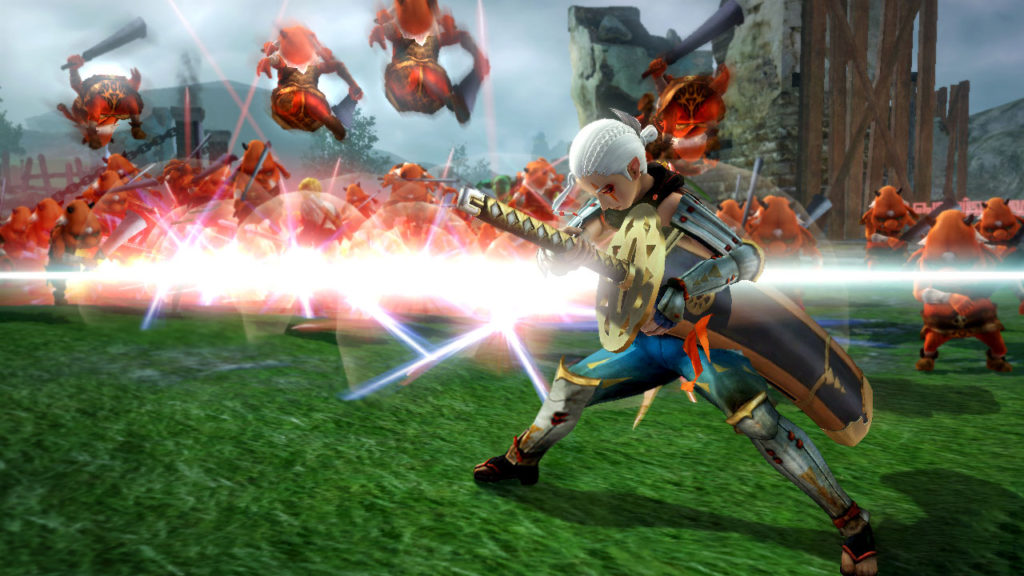
As you go complete each mission in Legend Mode, you’ll unlock those stages in Free Mode, which lets you replay the mission stages with any of the characters that you’ve unlocked. Characters that might not have been selectable for a mission will then be available to use.
Replaying missions with different characters allows you to further level up your characters. It’s a fairly simple process of beating up more baddies, beating the more important baddies, and doing it efficiently. The better you do, the more Rupees (the money in the Zelda universe) you’ll be rewarded with to spend at the Bazaar.
The Bazaar is a shop that you can spend Rupees and pieces of material collected in battle to upgrade your characters’ abilities, buy one-time use potions for a battle ahead to give yourself some different buffs, and enhance weapons you’ve collected on the battlefield. You’ll also be given the chance to use your Rupees to level up your characters without the need to grind out missions to get them caught up to your more frequently used characters. This feature is nice as you find your less used characters falling behind in strength and hit points as you go on, making the need to go back and replay the same few missions over and over lessened.
The meat of the game though is in Adventure Mode. Adventure Mode takes place on the overworld map from the original Legend of Zelda. Each mission takes place on one of the tile screens of the map, totaling 128 missions to go through. Adventure Mode does allow you access to some better weapons, more heart containers, and even unlock some characters to use. Don’t get too excited though, you’re still going to be doing largely the same things you were doing in Legend Mode. The difference is that some missions will have restrictions as to which characters you can use, specific victory conditions, and scenario types (for example, one will have you only able to sustain a few attacks before you fall). You’ll also unlock item cards that are used like Link’s tools that he uses in proper Zelda games that allow you access to parts of the map.
It’s a fairly substantial and creative method that is hindered by the repetitive nature of the game’s combat. While the different restrictions placed on you and the work needed to unlock parts of the map help alleviate the feeling that you’ve done all of this a (few) dozen times before, it falls short of making it intriguing enough to see through to the end for all but the most dedicated fans.

And finally, what might be the most egregious act Hyrule Warriors has done to my fandom of the Zelda series has been what it’s done to the music. I wish I could remember who to attribute this quote to, but the soundtrack is basically the ”Zelda remix soundtrack no one asked for.” Some of the tracks are largely inoffensive, but then there’s the butt-rock that the Musou games use heavily mixed into some classic Zelda tunes that drive me up a wall. These are the kind of tunes that would stand little chance of getting used on OverClocked ReMix, even during the site’s early days.
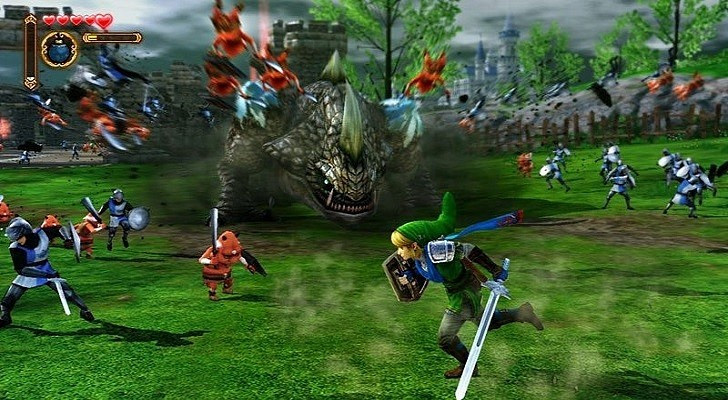
Hyrule Warriors isn’t a bad game. It does what it does adequately enough. From the overworld map in Adventure Mode to the use of tons of characters from the Zelda lore, it does its damnedest to appeal to fans. Maybe “appeal” isn’t the right word, “pander” is more like it. There are nods everywhere you turn in this game. Unfortunately, what Hyrule Warriors fails at is grabbing what the true essence of a good Zelda game is – smartly designed dungeons and tight, fun gameplay. If you’re really curious, hold out for a good sale. As a $60 release, I can’t really recommend this as a valuable investment in both your time and money. I guess I, in the immortal words of Richard Marx, should’ve known better.

